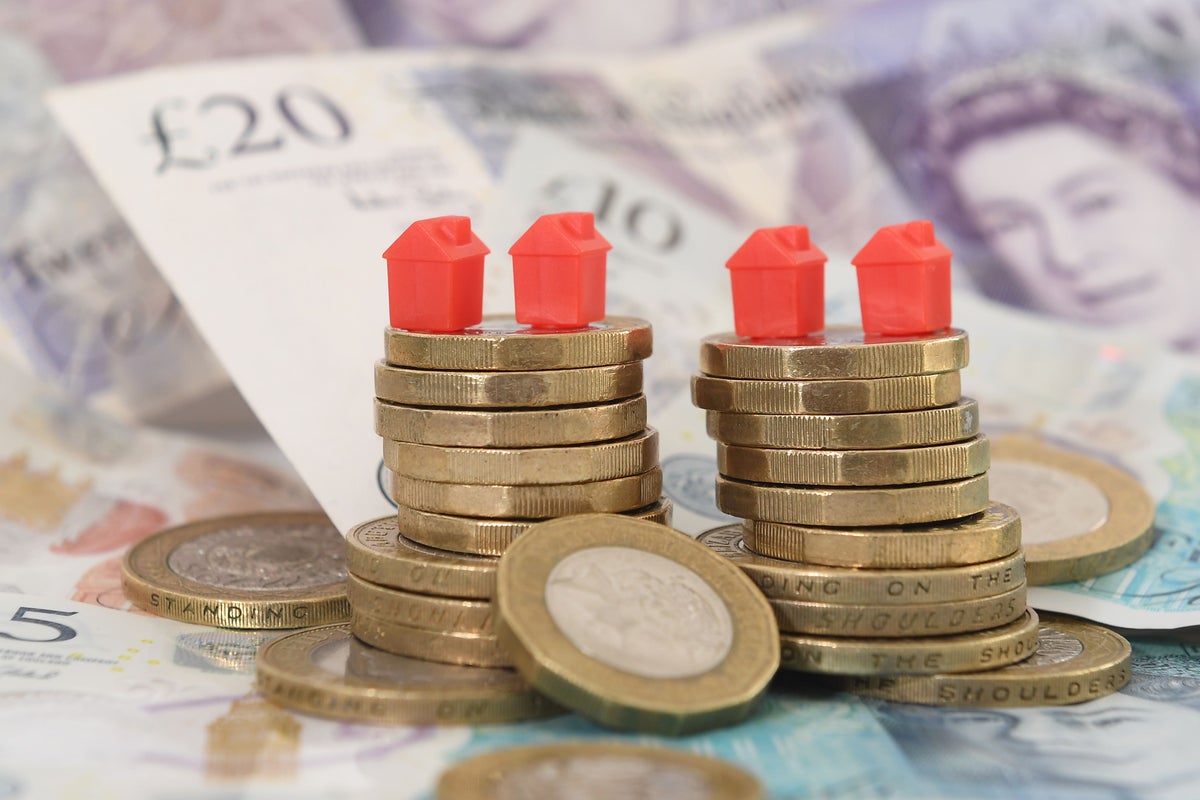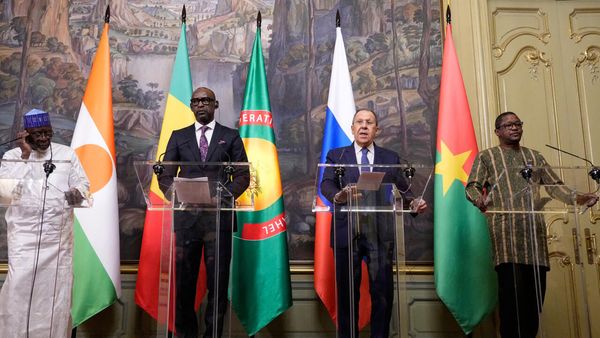
House prices across the country have hit record highs and sit just shy of £300,000, according to the latest index.
The average property price in January was £299,138, and on an annual basis, prices rose by 3.0 per cent in the past year, according to Halifax.
Amanda Bryden, head of mortgages at Halifax, said there was "strong demand for new mortgages and growth in lending", which might be being driven by first-time buyers trying to complete deals before an increase in stamp duty in April.
In the Budget in October last year, chancellor Rachel Reeves said reduced stamp duty rates in England and Northern Ireland would end in April next year.
The changes will mean that house buyers will start paying stamp duty on properties over £125,000, instead of over £250,000 at the moment. First-time buyers currently pay no stamp duty on homes up to £425,000, but this will drop to £300,000 in April.
The map below shows average house prices in every region across the UK. Darker colours show the areas in the UK with the highest home prices.
London remains the most expensive place in the UK to buy a home, with the average property costing £548,288, up 2.8 per cent on an annual basis.
The northeast of England replaced the northwest as the region with the strongest annual price growth, with values increasing by 5.2 per cent to £178,696.
Homes in Northern Ireland saw the strongest annual price rise of 5.9 per cent, with an average property now at £205,473.
In Wales, house prices rose 3.6 per cent compared to last year, with property values averaging £227,397.
Scotland saw a lower rise in house prices overall, up 2.4%, with properties now costing an average of £210,690.
Ms Bryden added: "Despite geopolitical uncertainties, and waning consumer confidence, other key indicators look fairly positive for the housing market.
“The Bank of England has made its first base rate cut of the year, and there are probably more to come. Household earnings are expected to continue outpacing inflation – albeit that gap may narrow – easing some of the financial pressure still being felt from the cost-of-living squeeze.
"As things stand, mortgage rates are likely to hover between 4% and 5% in 2025, influenced by both global financial markets and domestic monetary policy.”
While house prices may have increased, year-on-year growth was at three per cent, which is the slowest rate since July 2024.
She added: “But the fundamental issue in the housing market remains the lack of supply. This long-term trend, coupled with a gradual improvement in affordability, should support further modest house price growth this year.”







